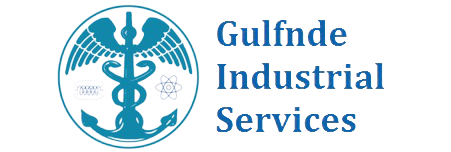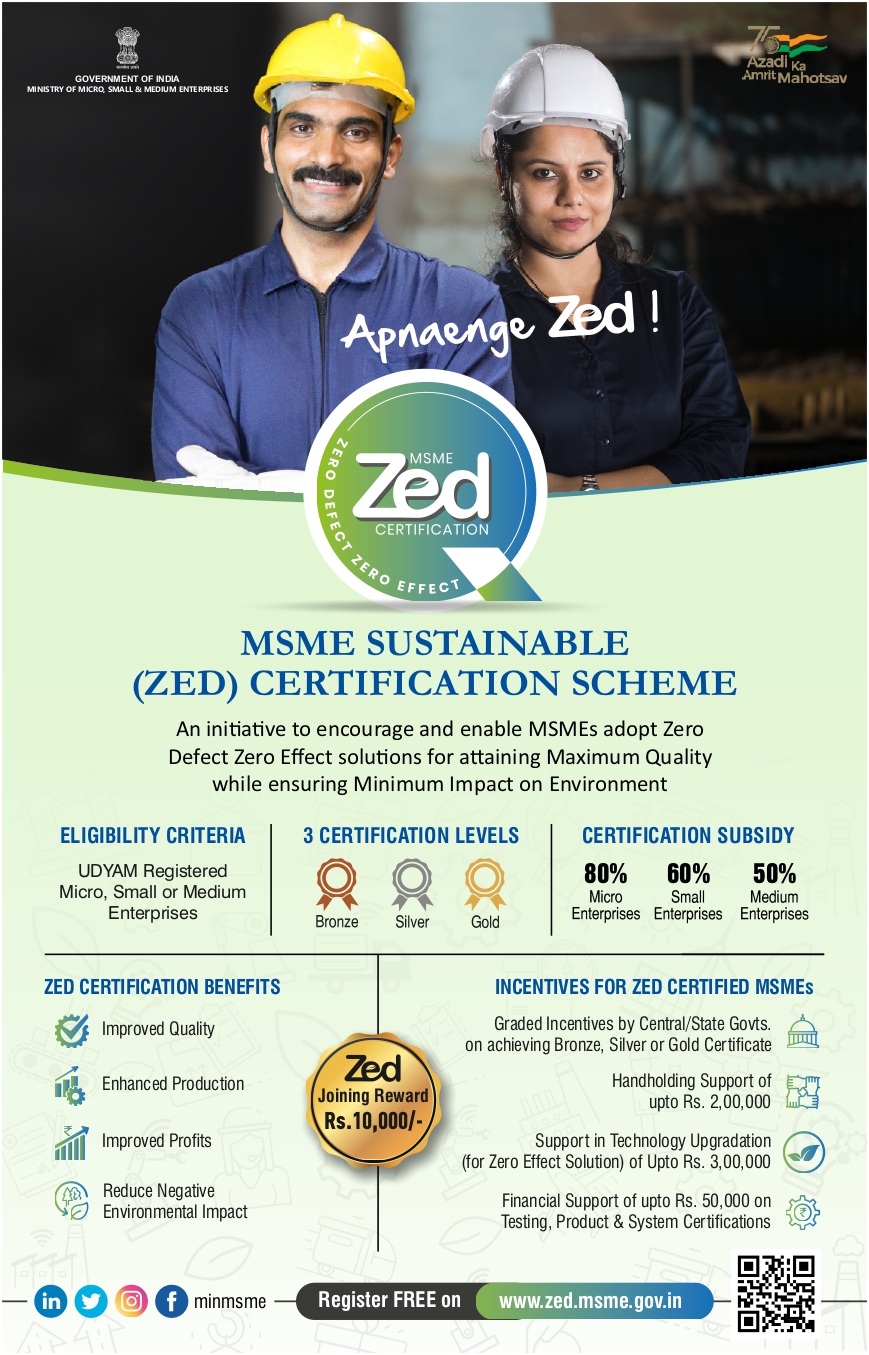- What is the purpose of ISO 9001:2015? A) To improve customer satisfaction through effective quality management systems B) To ensure that products meet regulatory requirements C) To reduce costs through better process management D) To establish a framework for continuous improvement
Answer: A
- Which of the following is not a key element of ISO 9001:2015? A) Leadership B) Risk-based thinking C) Customer satisfaction D) Supplier management
Answer: D
- What is the role of top management in ISO 9001:2015? A) To delegate quality management responsibilities to middle managers B) To establish policies and objectives for the quality management system C) To perform all internal audits of the quality management system D) To determine the training requirements for all employees
Answer: B
- Which of the following is a requirement for the "Context of the Organization" clause in ISO 9001:2015? A) Identifying interested parties and their requirements B) Developing product specifications C) Implementing corrective actions for nonconformities D) Providing employee benefits and compensation
Answer: A
- What is the purpose of the "Plan-Do-Check-Act" cycle in ISO 9001:2015? A) To monitor customer satisfaction levels B) To identify and prioritize improvement opportunities C) To conduct supplier audits D) To train employees on quality management principles
Answer: B
- Which of the following is a requirement for the "Leadership" clause in ISO 9001:2015? A) Establishing a quality policy B) Conducting internal audits C) Developing process control plans D) Providing customer support
Answer: A
- Which of the following is a requirement for the "Performance Evaluation" clause in ISO 9001:2015? A) Implementing corrective actions B) Identifying improvement opportunities C) Developing control charts D) Conducting process capability studies
Answer: B
- Which of the following is a requirement for the "Improvement" clause in ISO 9001:2015? A) Establishing a quality policy B) Providing employee training C) Implementing corrective actions D) Developing product specifications
Answer: C
- Which of the following is a requirement for the "Risk-based thinking" clause in ISO 9001:2015? A) Identifying improvement opportunities B) Developing process control plans C) Assessing and addressing risks and opportunities D) Conducting internal audits
Answer: C
- Which of the following is not a benefit of implementing ISO 9001:2015? A) Improved customer satisfaction B) Increased efficiency and productivity C) Reduced costs and waste D) Automatic compliance with all applicable regulations
Answer: D


